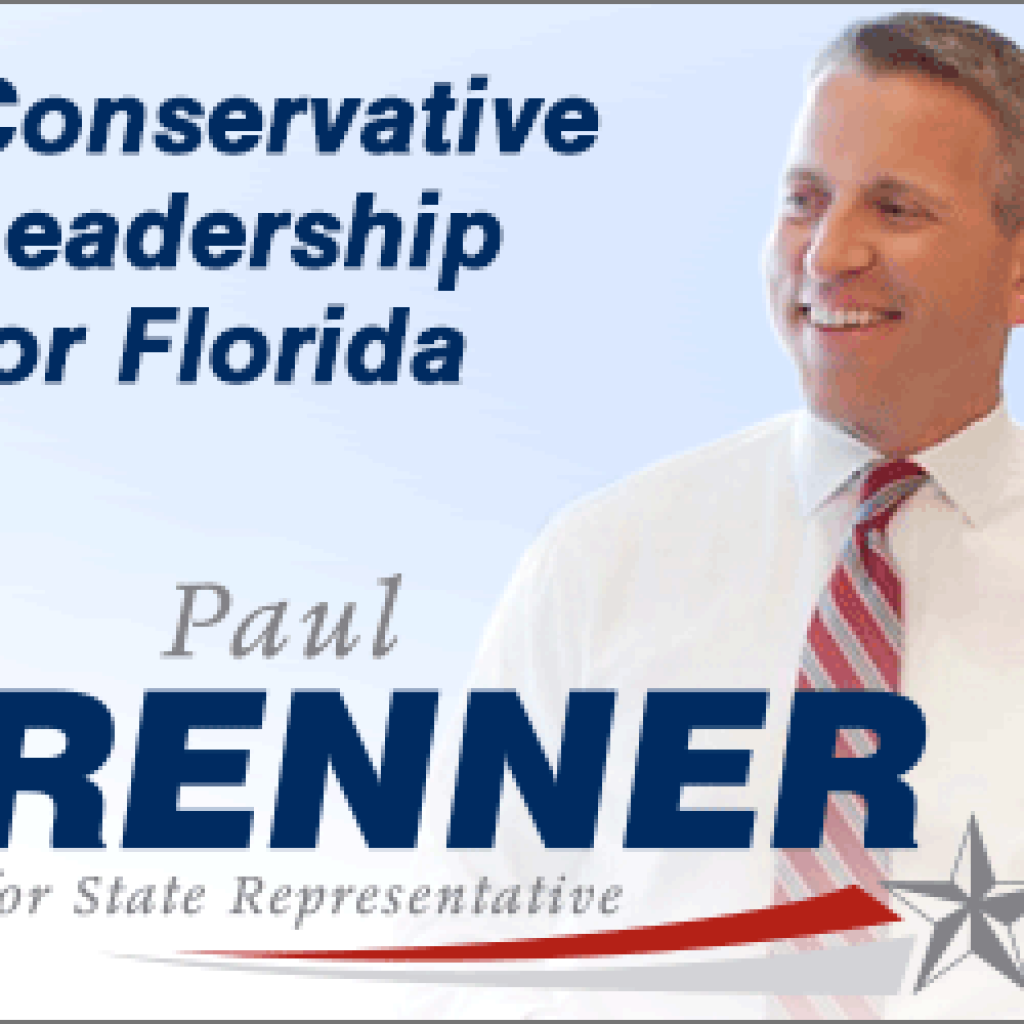
The goal of Mayor Bob Buckhorn and other officials in Tampa to make the moribund Tampa Streetcar system a more functional transportation tool for local residents received a boost today, when the Florida Department of Transportation announced they would provide $1 million to facilitate a feasibility study to extend and modernize the system.
“I believe that the streetcar can become a meaningful transit option within our urban core,” said Buckhorn. “This planning funding will allow us to explore how best to achieve that and help us determine what our next steps are.”
According to Buckhorn press secretary Ali Glisson, the study will evaluate how to best extend the route, through downtown and potentially to historic Tampa Heights. It will address potential ridership data, environmental impacts, and economic development opportunities as well as refine capital and operational costs.
The Tampa streetcar, officially known as the TECO Line Streetcar System, has 11 stops over it’s 2.7 mile line that runs between downtown to Ybor City, with stops in the Channelside District. It began operating in 2002, and has been considered a disappointment from the get-go, with poor ridership numbers leading many to label it a financial boondoggle.
But since being elected in 2011, Buckhorn has said that though he did not vote for the project when he served on the City Council in the 1990’s, he has been determined to rebrand and revitalize the system.
But as with everything else in transportation, it will be costly.
Last December the Hillsborough Area Regional Transit system (HART) produced a study that showed that it would cost anywhere from $37 million to $60 million to extend and upgrade the streetcar system into downtown Tampa. That would include extending it from the Franklin and Whiting station up Ashley Drive, to Tampa Street and Florida Avenue before ending at the Marion Transit Center on Marion Street.
Another issue is insurance.
The Streetcar System is paying $400,00 a year for liability insurance at a single CSX railroad crossing. The $100 million policy enables the streetcars to cross a track that eight freight and passenger trains use daily. That annual fee has cost the system more than $5 million, and was a factor in the decision several years ago to run the system less frequently (consequently leading to fewer riders).
The FDOT grant will also examine modernizing efforts.
Tampa Bay Lightning owner Jeff Vinik unveiled his billion-dollar mixed-use development in the Channeside area in December, and immediately officials with his group said that improved transit would be essential to the project – namely, the streetcar system.
Buckhorn spokesperson Ali Glisson also says that FDOT is “committed” to facilitating discussions between the City of Tampa, FDOT, and CSX in regard to railroad crossings and, at the conclusion of the study, to work with the City of Tampa to invest State New Start program and Service Development program funds for the project.
Earlier this year, FDOT awarded the City of Tampa $1.35 million to create a “quiet zone” in downtown Tampa along the CSX tracks in the downtown corridor. City officials said the money will be used for upgrades that include additional gates, street medians and signs to comply with Federal Railroad Administration regulations. Those trains travel throughout the city in the middle of the night, leading to complaints from residents.
“I share the belief that a strategic extension of the streetcar would support the continued growth and redevelopment within Tampa’s urban core. We are hopeful about the potential and feasibility for the project, and we look forward to continuing the strong partnerships we have with the City and County,” said Florida Department of Transportation District Secretary Paul Steinman.



